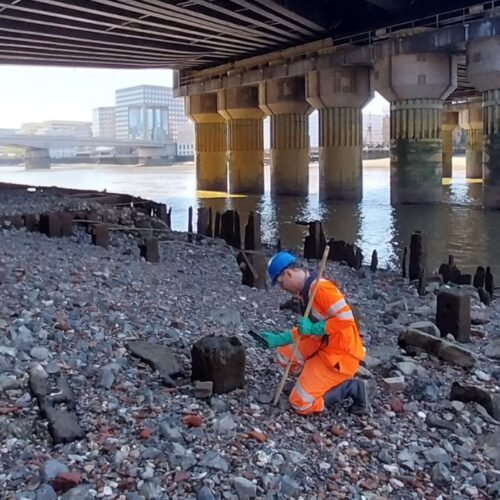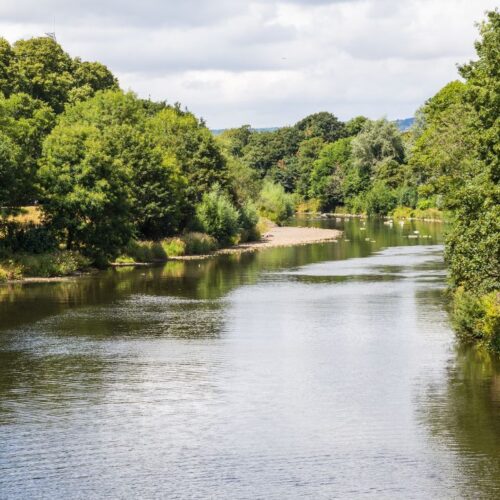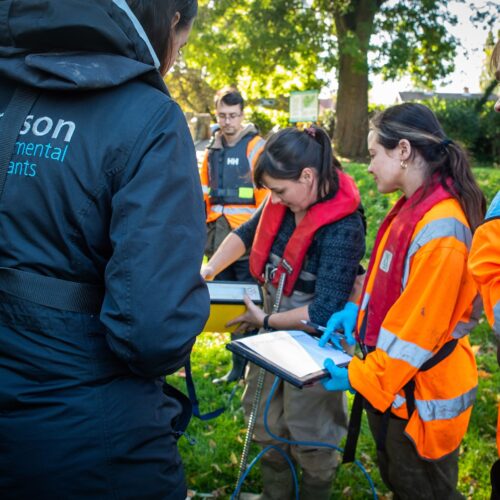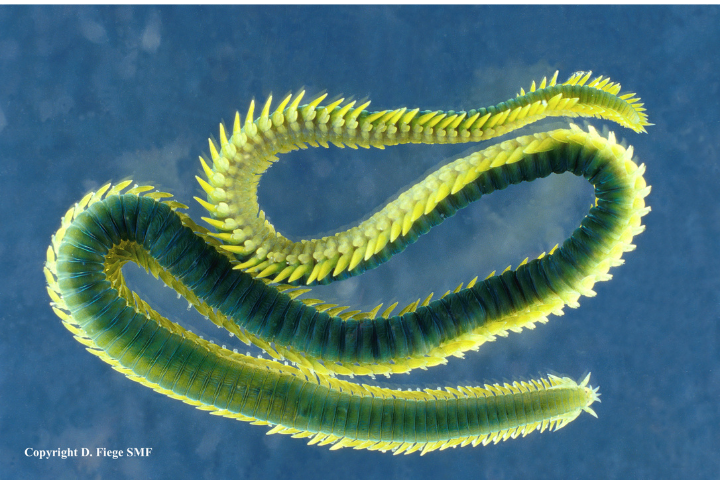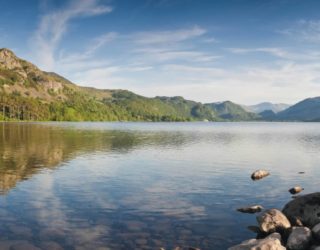Blowing up a storm in UK renewable energy generation and even helping marine conservation?
The UK currently has the largest installed capacity of wind power generation in the world and 2020 looks set to be another record year for offshore wind energy. In the first quarter of 2020, offshore wind in the UK produced 13.2 TWh of electricity – 53.1% more than in the same period last year, according to the UK government’s energy statistics published on 25 June.
Renewable energy is vital for the UK’s decarbonisation, the reduction of carbon dioxide emissions through the use of low carbon power sources to achieve a lower output of greenhouse gases into the atmosphere. Offshore wind plays a key part in this strategy and so seems firmly set for continued growth.
How is offshore wind affecting the marine environment?
The most prominent environmental concerns in the media have been the impact of noise on fish and marine mammals and the impact on seabirds from collision with turbine blades and affecting their migration routes as some species avoid windfarms. Also, animals such as elasmobranchs who use electromagnetic fields to hunt and navigate may be affected by electrical energy leaking from cables on the seabed. Other potential impacts include adverse changes to benthic habitats, alterations to marine food webs and construction causing contaminants to be released from the seabed.
However, it has been proposed that windfarms can act as de facto Marine Protected Areas (MPAs), protecting marine species and creating biodiversity hotspots. Fishing is generally prohibited within windfarms due to issues around safe navigation and potential damage to cables. A reduction in trawling, one of the most destructive activities affecting the seabed, can lead to habitat regeneration and enhanced biodiversity. With the expansion of offshore wind, it is likely that areas now open to trawling will be closed, which could result in significant gains for conservation.
Additionally, the “reef effect” of introducing artificial hard substrata, has been proposed as another way windfarms can enhance biodiversity and offset the negative impacts of their construction. The turbines and their foundations provide new habitat where species can settle. Similar effects are seen on many manmade structures in the marine environment, such as jetties, pontoons, and bridge piles. Studies of windfarms have shown higher densities and diversity of fauna such as crabs, lobsters, and blue mussels within windfarms. It has been estimated that each turbine can support 1-2 tons of blue mussels and a 2013 study found a 100-fold higher abundance of epibenthic fauna at the foundations of German wind farm “Alpha Ventus” compared to surrounding seabed. This abundance of food as well as the shelter provided in turn attracts fish. For example, attraction to windfarms has been documented for the vulnerable keystone species Atlantic cod. Increases in fish numbers within windfarms can have spillover effects for adjacent fisheries, akin to the effects recorded for MPAs.
This seems like a win-win situation, reducing our dependence on fossil fuels while at the same time protecting our marine environment directly. But is this too good to be true?
Although a net benefit for fish stocks from fishing being prohibited in windfarms is possible, the closure of windfarm areas to fisheries means this fishing effort is simply displaced elsewhere, with the same numbers of fish subject to quota being caught. With windfarms set to become larger, the distance between turbines in new windfarms is also likely to increase. This means that trawling within these windfarms may be permitted. Additionally, it has been reported that fishing continues in some operational windfarms, despite this being prohibited.
Similarly, the enhanced biodiversity of epifauna is not as cut and dried as it may seem. Long-term monitoring has revealed that there are generally different succession stages of invertebrates colonising turbines and their foundations. The diverse communities touted as biodiversity hotspots have been shown to be an intermediary stage, which is reached a few years after installation. This is then followed by a relatively species-poor stage, generally dominated by blue mussels and the frilled anemone Metridium senile. The situation is further complicated by the potential for the new habitats created by windfarms to facilitate the spread of invasive species into new areas.
What is clear from the study of windfarms to date is that the environmental effects are not straightforward and are also variable between locations and over time. There is still much to learn, especially with the added concern of cumulative ecological impacts as the wind sector expands further over the coming years. These cumulative effects could be positive or negative, depending on how we go about it. A potential positive for marine conservation is the compelling idea of co-locating offshore wind farms and MPAs, to provide a connected network which could lead to more significant biodiversity benefits.
Continuing innovation in the sector will further reduce the negative impacts of windfarms. For example, surrounding the construction area with perforated pipes that emit a curtain of bubbles leads to significantly reduced sound pressure. Also, floating windfarms are gaining momentum, which could reduce impacts on the seabed and also on birds, as they can be constructed further offshore in areas that birds use less.
In the meantime, due to the mixed picture of impacts and remaining knowledge gaps, it is crucial that windfarm developments have well-designed baseline surveys, Environmental Impact Assessments (EIA) and monitoring programs to fully assess potential and actual impacts, both short and long term and both negative and positive.
A balance needs to be achieved between decarbonisation of the energy sector through offshore wind on the one hand, and the preservation of marine habitats for future generations on the other. It is vital that our efforts to halt climate change through renewable energy do not inadvertently damage the natural environment that we are trying to protect.
Get in touch
If the issues in this article raise any specific queries in relation to a project that you are undertaking please don’t hesitate to contact us. Our team would be happy to discuss your project with you.


